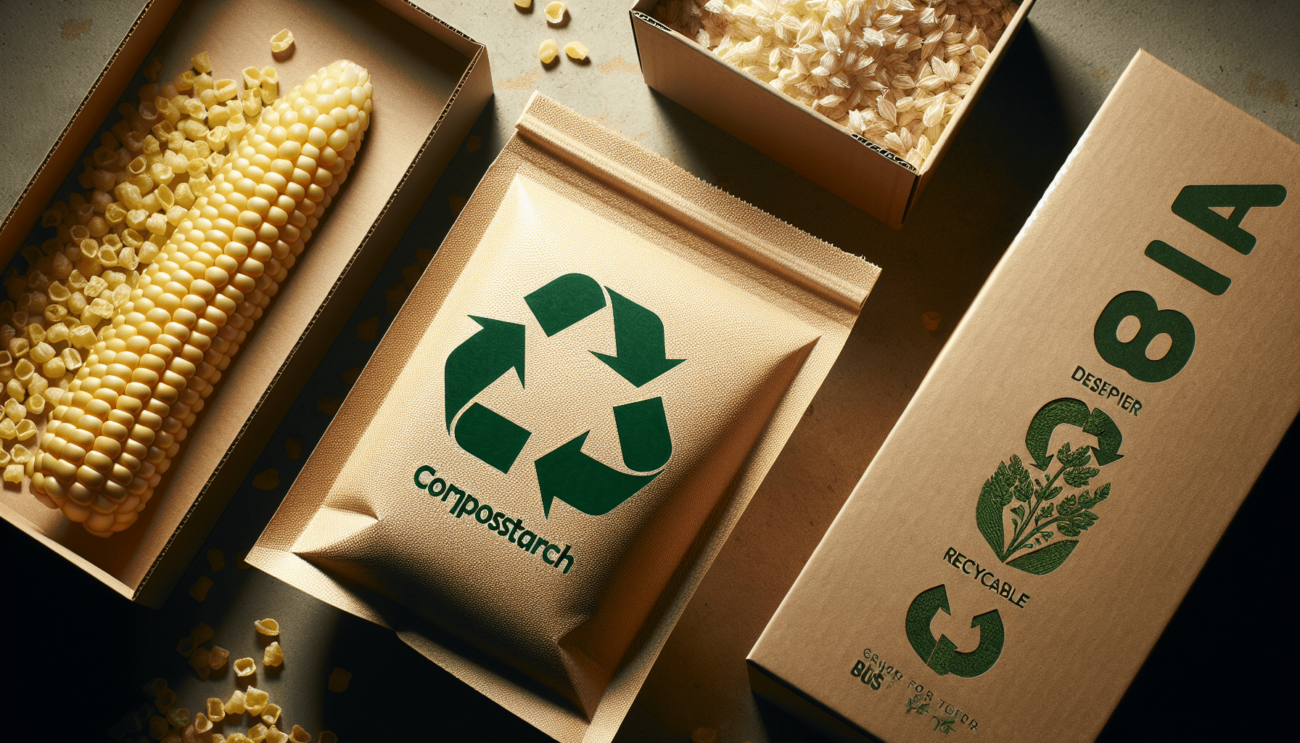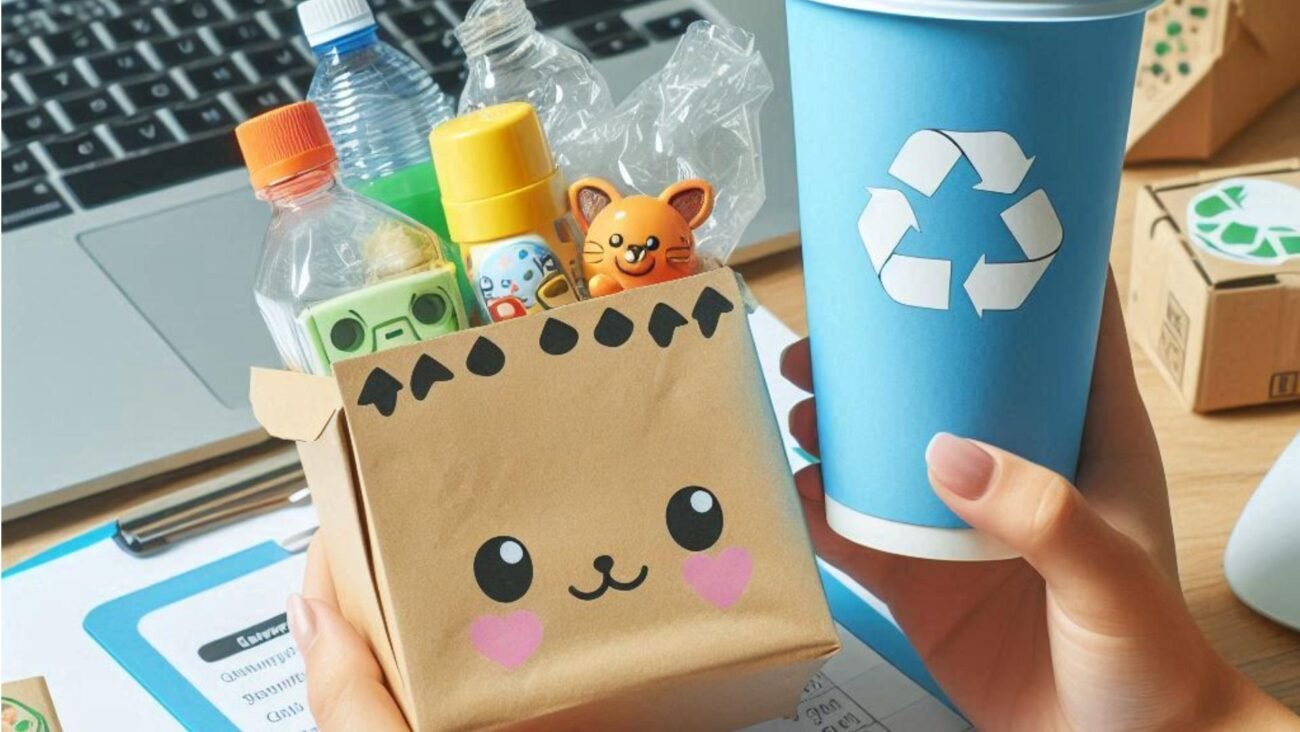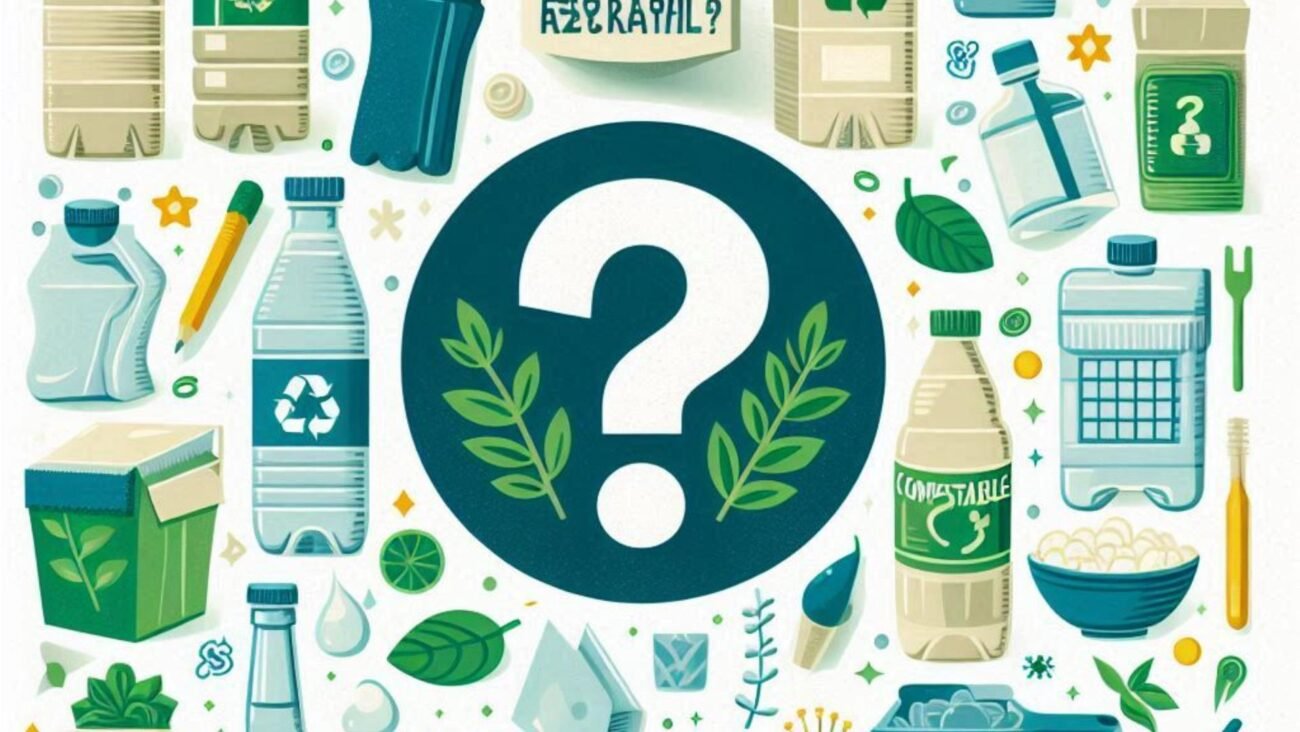Are Your Packaging Products Suitable For Use In Various Climates And Environments?
You may have already invested in finding the perfect packaging for your products, but have you considered whether your packaging materials are suitable for use in various climates and environments? In order to ensure that your products remain safe, intact, and appealing to customers regardless of where they are located, it’s essential to choose packaging solutions that can withstand a range of conditions. Let’s explore how different climates and environments can impact your packaging products and what you can do to ensure they are up to the task.
Factors to Consider When Choosing Packaging Products
When selecting packaging products for your business, it’s important to take into account a variety of factors that can affect the performance and effectiveness of the packaging. Some of the key considerations to keep in mind include:
Climate and Temperature
The climate in which your products will be stored and transported play a significant role in determining the durability and integrity of your packaging. Extreme temperatures, whether hot or cold, can cause certain materials to expand or contract, potentially leading to damage or spoilage of your goods. It’s crucial to choose packaging materials that can withstand a wide range of temperatures to ensure your products remain protected.
Humidity and Moisture Levels
High levels of humidity can cause packaging materials to become weak and prone to tearing or breaking. Moisture can also lead to mold growth or spoilage of the products inside. On the other hand, dry environments can cause certain materials to become brittle and less flexible. Choosing packaging solutions that are water-resistant and moisture-proof can help prevent any damage caused by humidity, ensuring your products arrive in pristine condition.
Altitude and Air Pressure
If your products will be transported via air or to high-altitude locations, it’s important to consider the impact of changes in air pressure on your packaging. Certain materials may not be able to withstand the pressure changes during flights, leading to leaks or ruptures. Opting for packaging products that are designed to withstand changes in air pressure can prevent any mishaps during transportation.
Exposure to Light and UV Radiation
Exposure to sunlight and ultraviolet (UV) radiation can cause some packaging materials to degrade or lose their protective properties. This is particularly important for food products and items that are sensitive to light. Choosing packaging solutions that offer UV protection can help preserve the quality and freshness of your products, even when exposed to sunlight.
Impact and Shock Resistance
During transportation and handling, your products are susceptible to impact and shocks that can potentially damage the packaging. Choosing packaging materials that are resilient and shock-resistant can help prevent your products from getting damaged in transit. It’s essential to consider the fragility of your goods and select packaging products that provide adequate protection against impacts.
Types of Packaging Products Suitable for Various Climates and Environments
Now that we’ve covered the factors to consider when choosing packaging products, let’s explore some of the packaging solutions that are suitable for use in various climates and environments:
Eco-Friendly Packaging Solutions
Eco-friendly packaging solutions, such as biodegradable and compostable materials, are a sustainable option that can be used in different climates and environments. These materials are often designed to be durable and resistant to moisture, making them ideal for a range of products. By opting for eco-friendly packaging, you can not only protect your products but also reduce your environmental impact.
| Eco-Friendly Packaging Materials | Benefits |
|---|---|
| Biodegradable Food Packaging | Environmentally friendly, breaks down naturally over time |
| Compostable Clamshell Containers | Suitable for various climates, moisture-proof, and eco-conscious |
Climate-Resistant Packaging
Certain packaging materials are specifically designed to withstand extreme temperatures, high humidity, and other climate-related challenges. These materials are engineered to provide protection and insulation to ensure your products remain intact under any conditions.
| Climate-Resistant Packaging | Benefits |
|---|---|
| Insulated Shipping Boxes | Ideal for temperature-sensitive products, protects against heat and cold |
| Moisture-Resistant Packaging | Prevents damage from high humidity levels, suitable for sensitive products |
UV-Protective Packaging
UV-protective packaging materials are crucial for products that are vulnerable to light exposure. These materials are designed to block harmful UV radiation and prevent degradation of the products inside. Whether you’re packaging food items or sensitive goods, UV-protective packaging can help maintain their quality and integrity.
| UV-Protective Packaging | Benefits |
|---|---|
| UV-Resistant Film | Blocks UV radiation, protects against light exposure, preserves product freshness |
| Sun-Proof Containers | Suitable for outdoor storage, prevents sun damage and discoloration |
Shock-Resistant Packaging
For products that are prone to impact and shocks during transportation, shock-resistant packaging materials are essential. These materials are engineered to absorb and dissipate energy, providing a cushioning effect to protect your goods from damage. Whether you’re shipping fragile items or delicate products, choosing shock-resistant packaging can ensure they arrive safely at their destination.
| Shock-Resistant Packaging | Benefits |
|---|---|
| Bubble Wrap | Provides cushioning and protection, absorbs impact during transit |
| Foam Inserts | Customizable to fit any product, offers shock absorption and protection |
Ensuring Your Packaging Products Are Suitable for Every Environment
To ensure that your packaging products are suitable for use in various climates and environments, it’s important to conduct thorough testing and evaluation. Here are some steps you can take to verify the suitability of your packaging materials:
Conduct Climate Testing
Before launching your products into different markets, conduct climate testing to assess how your packaging materials will perform under various conditions. Expose the packaging to extreme temperatures, high humidity, and other climate-related factors to identify any weaknesses or vulnerabilities. By testing your packaging in different environments, you can ensure its durability and effectiveness.
Use Quality Packaging Materials
Invest in high-quality packaging materials that are designed to withstand different climates and environments. Choose suppliers that offer eco-friendly and sustainable packaging solutions that prioritize durability and protection. By using quality packaging materials, you can be confident that your products will remain safe and secure, regardless of where they are located.
Customize Packaging Solutions
Tailor your packaging solutions to meet the specific needs of your products and target markets. Consider factors such as fragility, sensitivity to light, and transportation requirements when designing your packaging. Customizing your packaging solutions can help optimize their performance and ensure they are well-suited for every environment.
Seek Expert Advice
If you’re unsure about the suitability of your packaging products for different climates and environments, don’t hesitate to seek expert advice. Consult with packaging specialists or industry professionals who can provide guidance on choosing the right materials and solutions for your specific needs. By partnering with experts, you can access valuable insights and recommendations to enhance the performance of your packaging.
Conclusion
Choosing packaging products that are suitable for use in various climates and environments is essential for protecting your goods and maintaining customer satisfaction. By considering factors such as climate, temperature, humidity, and exposure to light, you can select packaging solutions that are durable, reliable, and eco-friendly. Whether you opt for eco-friendly materials, climate-resistant packaging, UV-protective solutions, or shock-resistant materials, ensuring the suitability of your packaging products is key to a successful business operation. Take the necessary steps to assess, test, and customize your packaging solutions to meet the unique requirements of every environment your products will encounter. By investing in quality packaging materials and expert guidance, you can rest assured that your products will arrive safely and securely, no matter where they are delivered.












